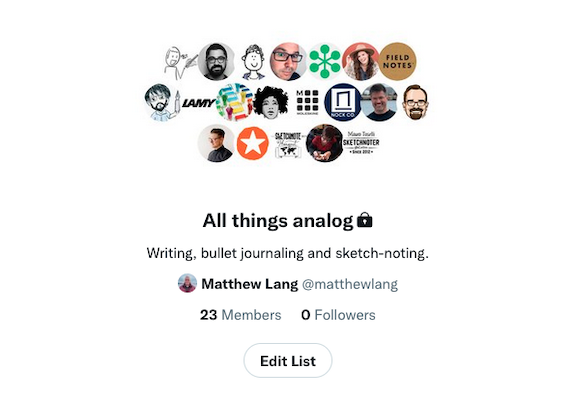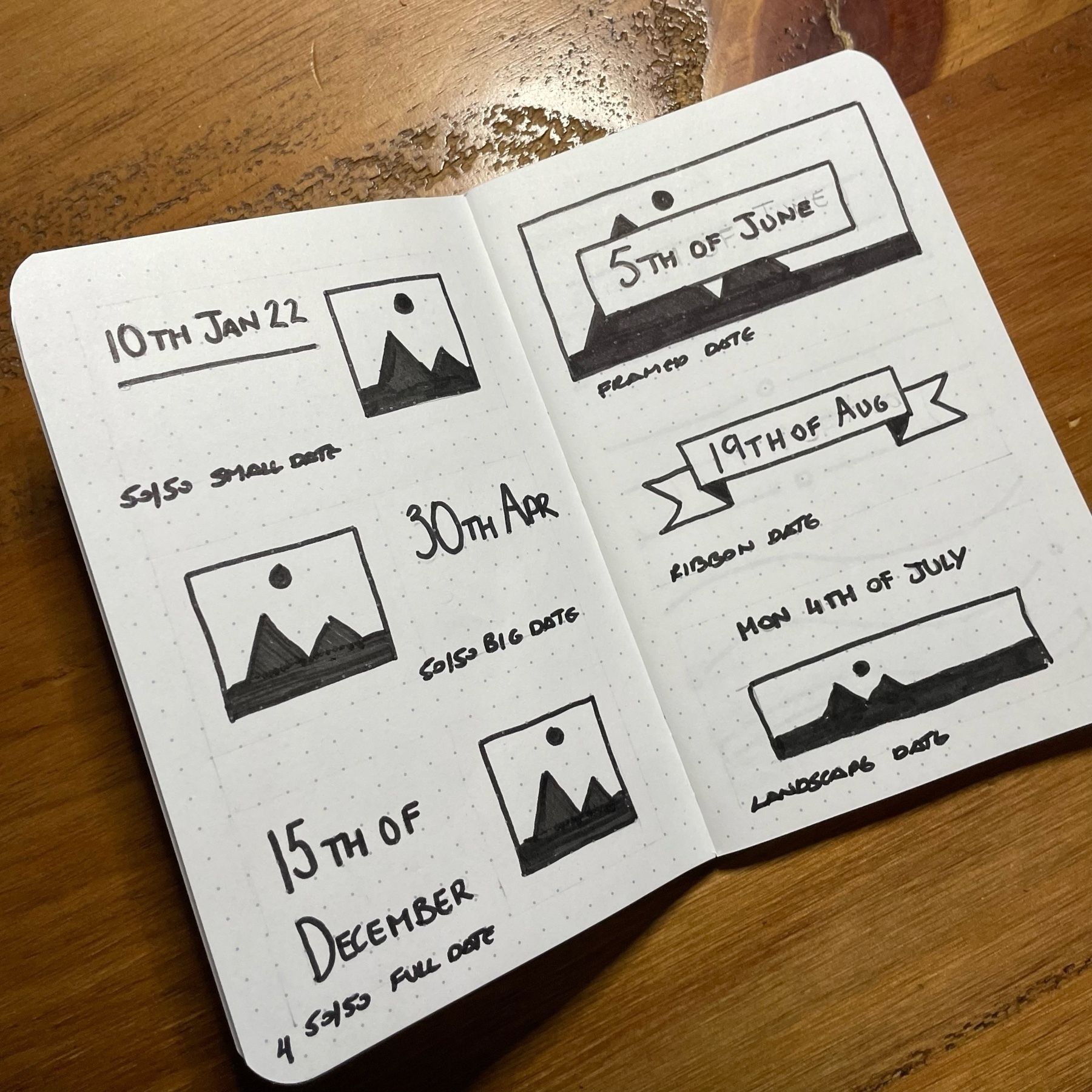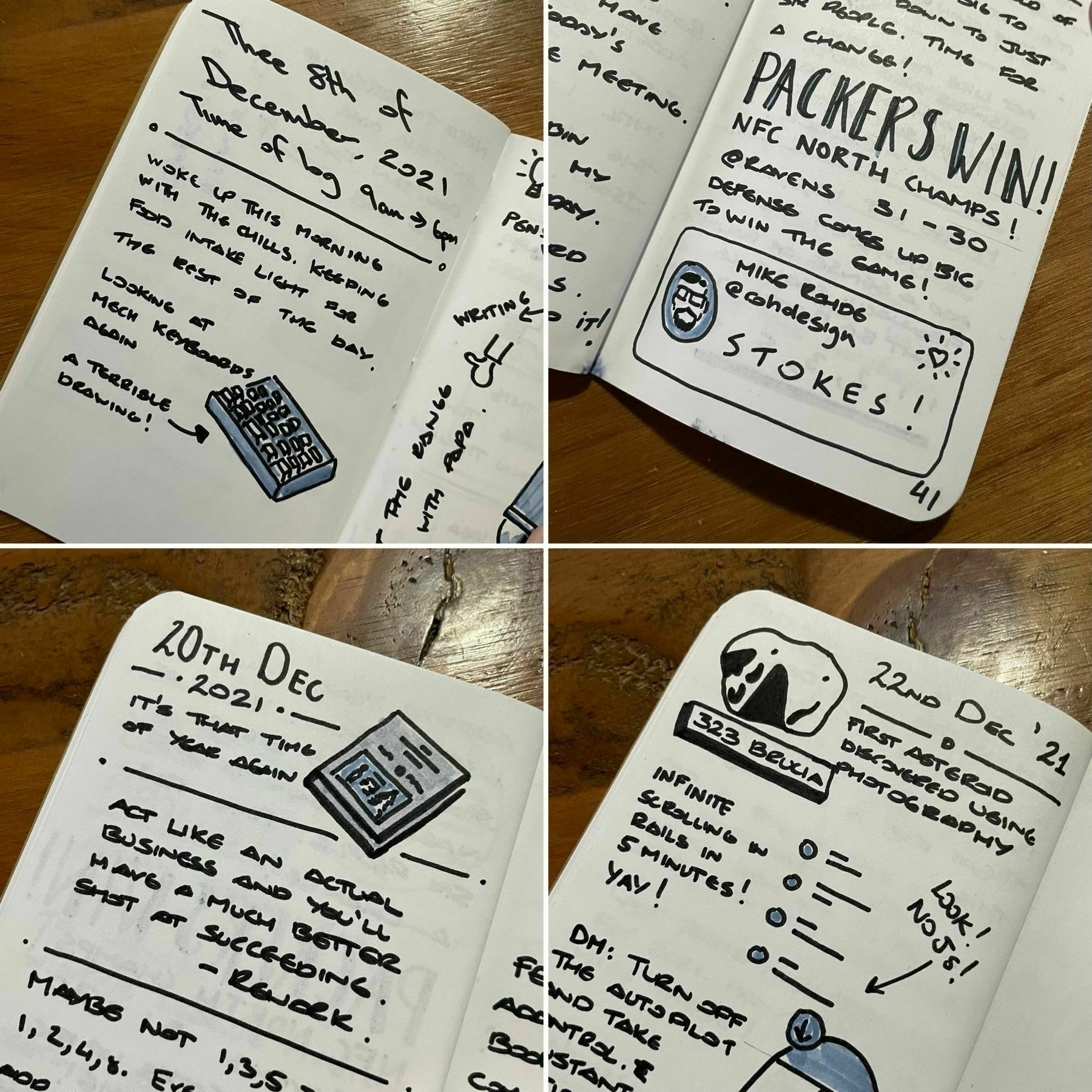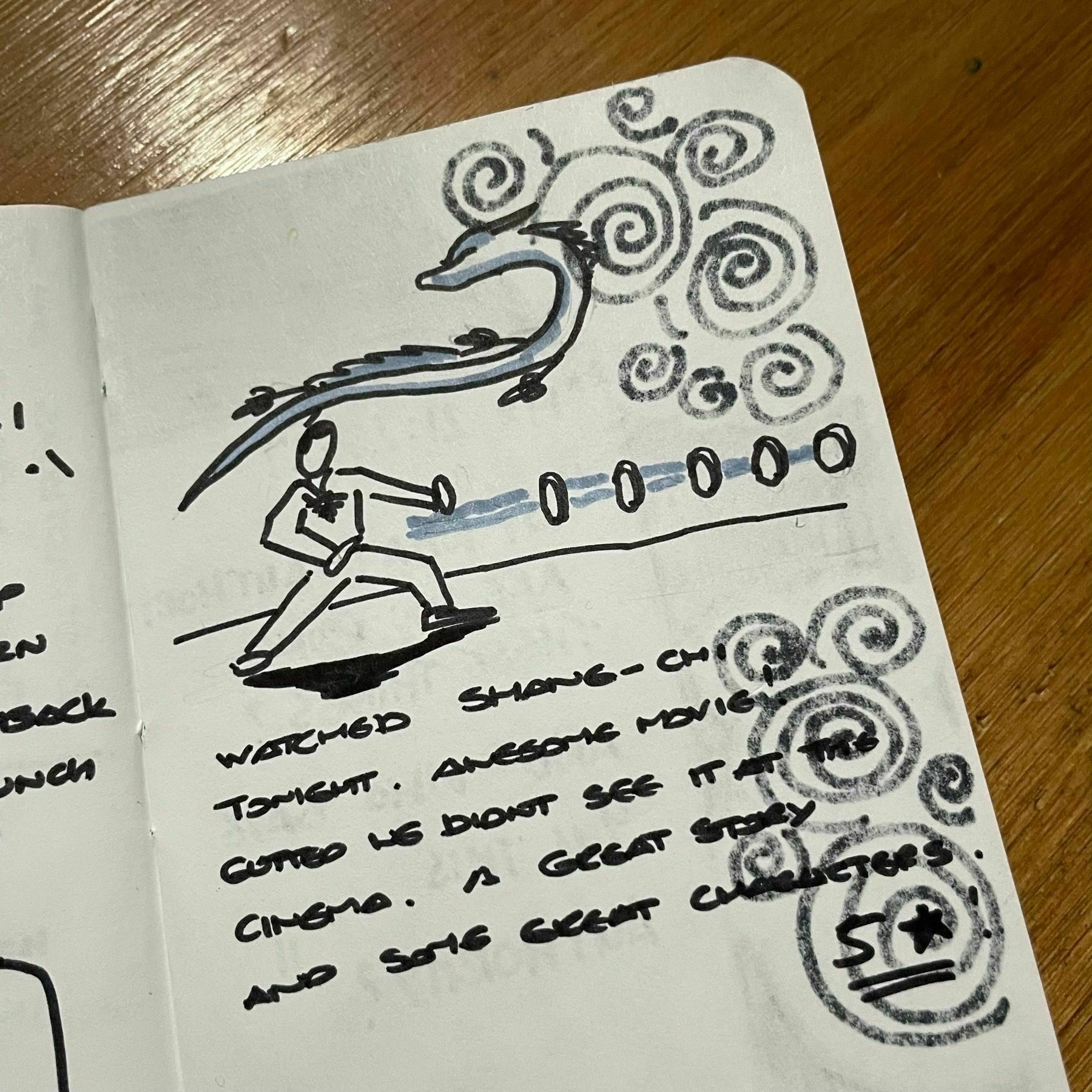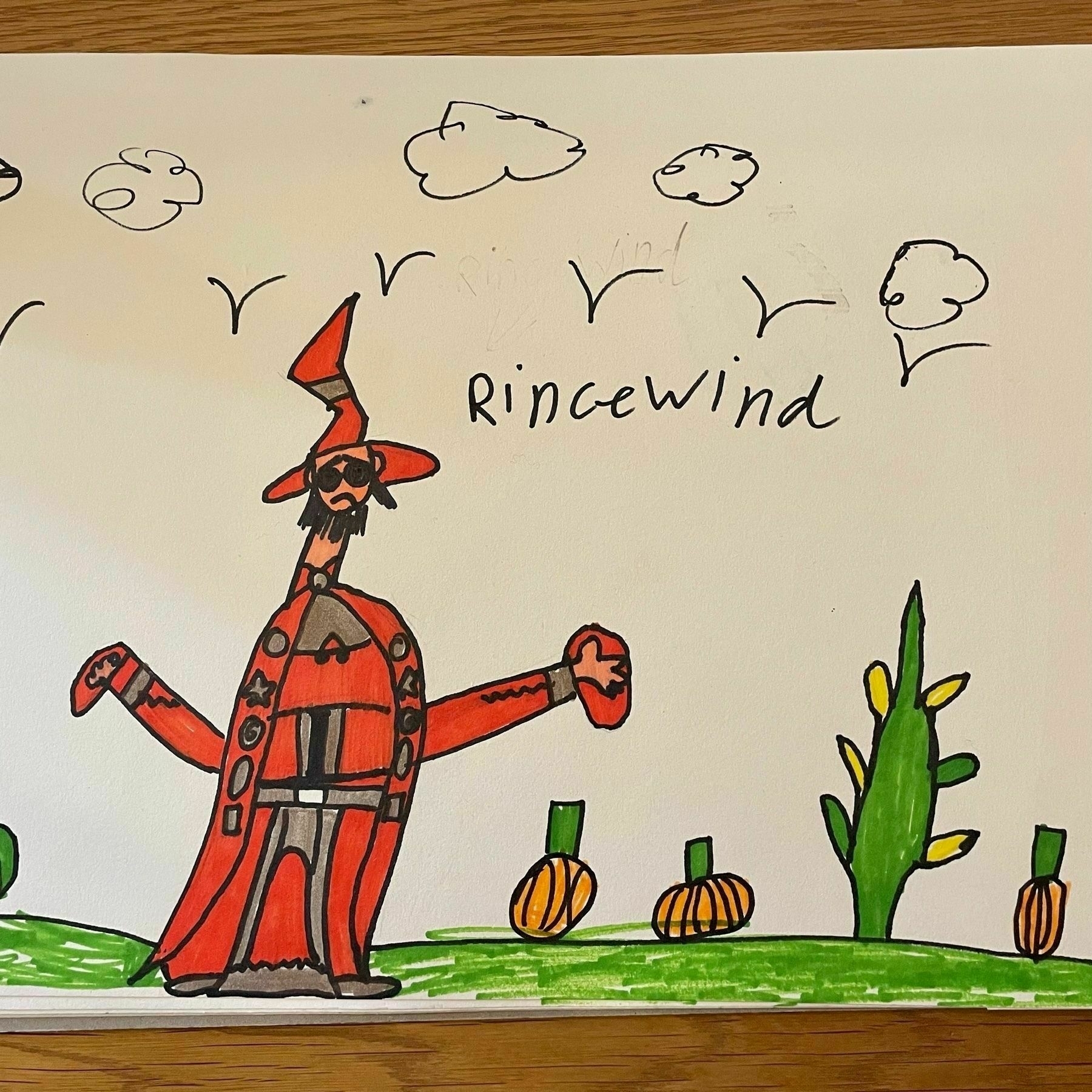Another year, another chance to start over again. How many of us have pledged to make a change in 2022? More to the point, how many of us will fail in these New Year resolutions? Probably most of us.
When it comes to new year resolution’s, we often fail to meet these resolutions within the first few weeks. I’ve lost track of the number of times I have been unable to follow through with my resolutions past the end of January. I don’t think I can remember a year when I followed through with a New Year resolution. It just never happened for me.
A few years ago, I decided that making a New Year resolution wasn’t for me. I noticed a couple of things about making new year resolutions over these last few years.
My resolution wasn’t focused enough
For me, making a new year resolution usually entailed a single statement for the year. For example, many of us would like to lose weight. What does that involve, though?
It involves eating healthier and doing more exercise. Eating healthier means changing what we cook, which means planning meals ahead of time. In turn means buying the right ingredients for these meals, which might mean budgeting the right amount of money for the month for these ingredients. That’s a lot to unpack in itself, and that’s only the diet part of my resolution. We haven’t even touched on the exercise part.
My New Year resolution was too broad. It wasn’t focused enough.
I didn’t prepare enough
We find ourselves starting the New Year by telling ourselves that we would like to change ourselves in a big way for the new year. However, that change won’t happen overnight. We’re all creatures of habits, but we’re probably more creatures of bad habits than good habits. We don’t adapt quickly; it takes time to change. And it’s for that reason; I always failed in my New Year resolutions.
December for me usually involves indulging a bit more than I should. We indulge a bit more in things like food and drink. We might also spend a bit more time on the couch in front of the television. Justifying this action as it’s a holiday and a break from work.
However, the problem is that switching from these traits in December to new ones in January isn’t easy to do. I frequently struggled with it, so my new year resolutions failed.
I needed more time to prepare for my new year resolution, and that was hard to do as the holiday season drew to its climactic end.
It’s just not for me
For me, making a New Year resolution is a practice that invariably led to defeat and made me question why I even bothered to start them in the first place. After wondering why I failed it often, I could see why it never worked for me.
If you are making a New Year resolution, I wish you all the success in 2022.
